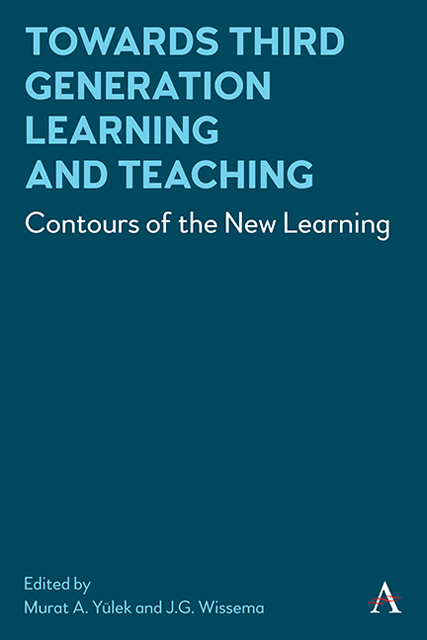Chapter 3 - Insights from Brain Research on Teaching and Learning
Published online by Cambridge University Press: 10 January 2023
Summary
Educational Neuroscience
This chapter begins with a basic question: What is your definition of teaching? Is it “the act of one person imparting knowledge or skill to another?” Is it “the sharing of information that falls within a discipline?” Is it “the act of a person who teaches?” Or perhaps some variation of these? I would like to share my definition which will then set the stage for this chapter. Teaching is the only profession whose job it is to change the human brain every day. When learners decide to remember what the teacher has presented, their brains establish new connections between neurons and consolidate that learning into existing cerebral networks or create new ones. In sum, teachers are brain changers. What a remarkably different and more accurate description of the teaching–learning process.
Teachers have been changing learners’ brains for centuries. Yet, until recently, most teachers had little knowledge about how the human brain really learns. They relied on what teachers had done in the past, so that teaching, in effect, was a handed-down art form. The artistry was manifested in the techniques, strategies and styles that teachers used when presenting their lessons. Sometimes their performance resulted in students learning, but sometimes it did not. And when it did not, teachers often did not know why. But that has now changed.
In recent years, there has been an explosion of scientific research on the human brain, thanks to sophisticated imaging and recording devices. Much of that earlier research focused on diagnosing and treating medical problems that involve the brain. However, later research is revealing much about the brain’s growth and development, and even its inner workings during learning. These findings have led to the emergence of a new field of scientific inquiry—one that examines how some of the results of neuroscientific research can be translated into educational practice in schools and classrooms. This field is known as educational neuroscience. The good news is that neuroscience research continues to tell us more about how the brain learns. However, the bad news is that these findings are not getting to teachers—the brain changers—fast enough.
- Type
- Chapter
- Information
- Towards Third Generation Learning and TeachingContours of the New Learning, pp. 33 - 52Publisher: Anthem PressPrint publication year: 2022



